Lounging on the Mediterranian, at the apex of the African land mass and separated by a mere 800km of Algerian desert, Morocco and Tunisia are a natural match for this evening's gastronomic adventure. Arab historians and geographers used to refer to Morocco as al-Maghrib al-Aqṣá (المغرب الأقصى), "The Farthest West", in contrast to Tunisia which was referred to as al-Maghrib al-Adná (المغرب الأدنى), "The Nearest West".
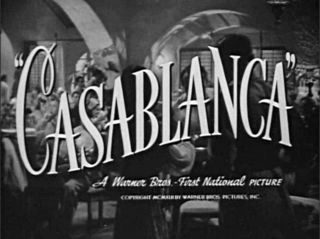
Casablanca, Morocco's largest city was immortalized in the 1942 film Casablanca starring Humphrey Bogart and Ingrid Bergman.
Moroccan cuisine has long been considered as one of the most diversified cuisines in the world. The cuisine of Morocco is mainly an amalgam of Berber-Moorish, European and Mediterranean cuisines. Spices are used extensively in Moroccan food. While spices have been imported to Morocco for thousands of years, many ingredients, like saffron from Tiliouine, mint and olives from Meknes, and oranges and lemons from Fez, are home-grown. Chicken is the most widely eaten white meat in Morocco while the most commonly eaten red meat is beef; lamb is preferred but is relatively expensive. Couscous is the most famous Moroccan dish along with pastilla, tagine, and harira. The most popular drink is green tea with mint.
Carthage, now a suburb of Tunisia's capital city, Tunis, was one of the most important cities in antiquity. Ancient Carthage was founded by the Phoenicians in 814 BC, destroyed by the Romans in 146 BC. only to be then rebuilt later to become the Roman Empire's fourth most important city. It remained one of the most important Roman cities until the Muslim conquest when it was destroyed a second time in 698.
The cuisine of Tunisia is a blend of Mediterranian and desert dwellers' culinary traditions. Its distinctive spicy fieriness comes from neighbouring Mediterranian countries and the many civilizations which have ruled the land now known as Tunisia: Phoenicians, Romans, Arabs, Turkish, French and the native Berber people. Many of the cooking styles and utensils began to take shape when the ancient tribes were nomads. Nomadic people were limited in their cooking implements by what pots and pans they could carry with them. A tagine, for example, is actually the name for a pot with a conical lid, although today the same word is applied to what is cooked in it. Pork consumption is forbidden in accordance with Sharia, the religious laws of Islam. Like all countries in the Mediterranean basin, Tunisia offers a "sun cuisine," based mainly on olive oil, spices, tomatoes, seafood and meat, primarily lamb.
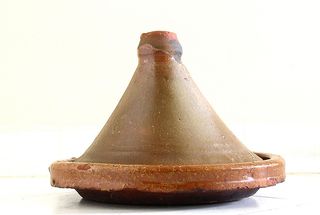 I think the North African tagine or tajine deserves a bit more ink. The word refers to both the cooking vessel and the dish one cooks in it. Traditionally tagines are made of earthenware. However today the tagine is available in a variety of materials including cast iron. The tagine's unusual high-domed shape has evolved from the hardships and deprivations of dessert life and functions to preserve as much water as possible during the cooking process, a wise thing indeed when water is scarce. In addition, the thick clay used ensures that heat is dissipated effectively thus reducing the amount of heat needed to cook the dish, handy on a small open fire.
I think the North African tagine or tajine deserves a bit more ink. The word refers to both the cooking vessel and the dish one cooks in it. Traditionally tagines are made of earthenware. However today the tagine is available in a variety of materials including cast iron. The tagine's unusual high-domed shape has evolved from the hardships and deprivations of dessert life and functions to preserve as much water as possible during the cooking process, a wise thing indeed when water is scarce. In addition, the thick clay used ensures that heat is dissipated effectively thus reducing the amount of heat needed to cook the dish, handy on a small open fire.
Tagines in North African cuisine are slow-cooked stews braised at low temperatures, resulting in tender meat with aromatic vegetables and sauce. Moroccan tagines often combine lamb or chicken with a medley of ingredients or seasonings: olives, quinces, apples, pears, apricots, raisins, prunes, dates, nuts, with fresh or preserved lemons, with or without honey, with or without a complexity of spices. Traditional spices that are used to flavour tagines include ground cinnamon, saffron, ginger, tumeric, cumin, paprika, pepper as well as the famous spice blend, ras el hanout.
Without further ado, I present Josée's Moroccan and Tunisian menu:
Hummus
Merguez in Sauce
Lamb Tagine with Fennel and Dates
Chicken Smothered in Green Olives
Briouat Bil Kefta
Spicy Carrot Salad
Tunisian Salad
Couscous with Dates and Almonds
Harissa
Freshly Baked Pita Bread
Orange and Date Cake
Figs, Dates, Clementines
Moroccan Green Tea with Mint
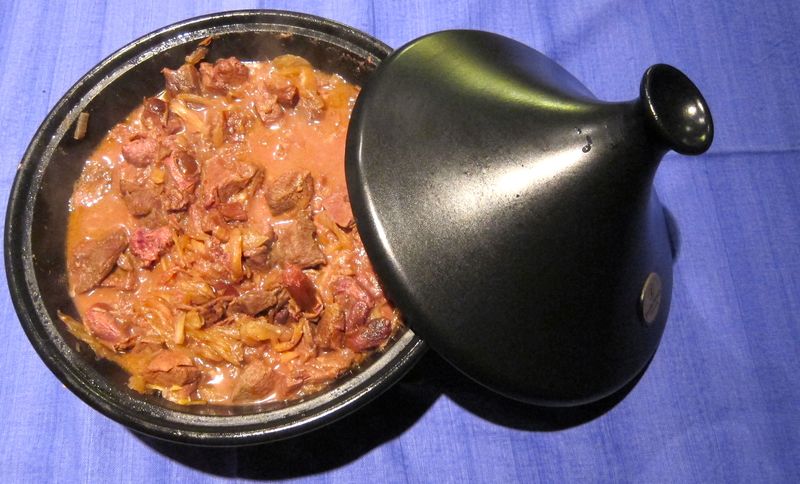
Lamb Tagine with Fennel and Dates
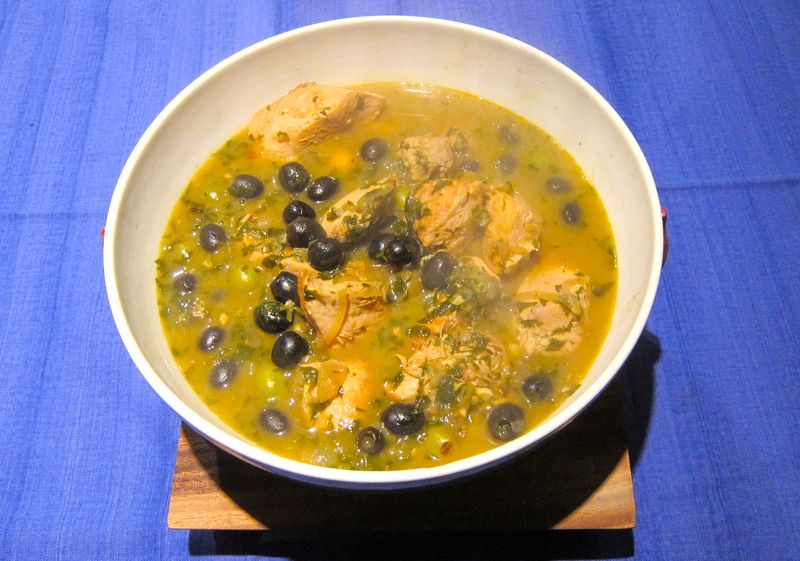
Chicken Smothered in Green Olives
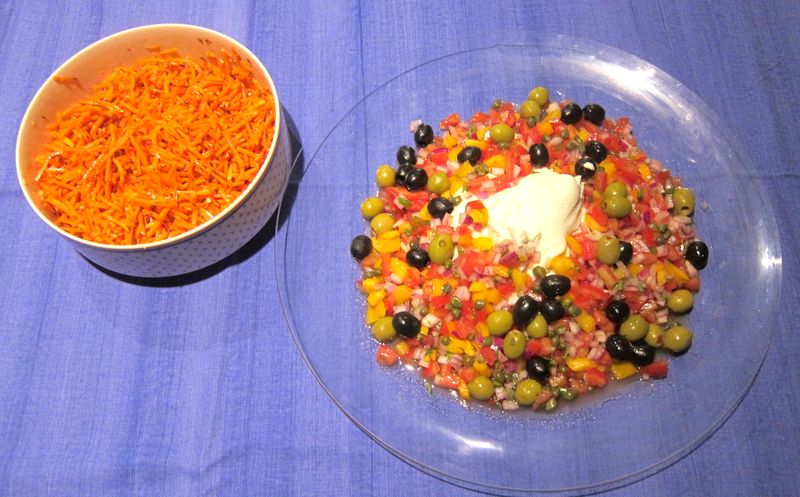
Spicy Carrot Salad and Tunisian Salad
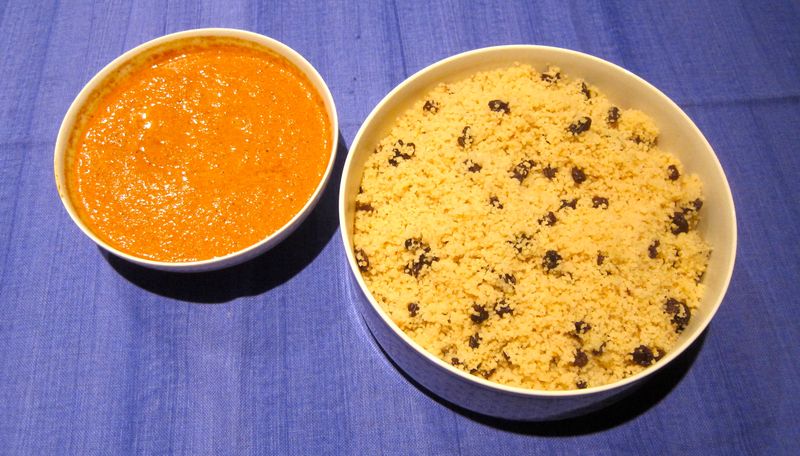
Couscous with Dates and Almond and Harissa
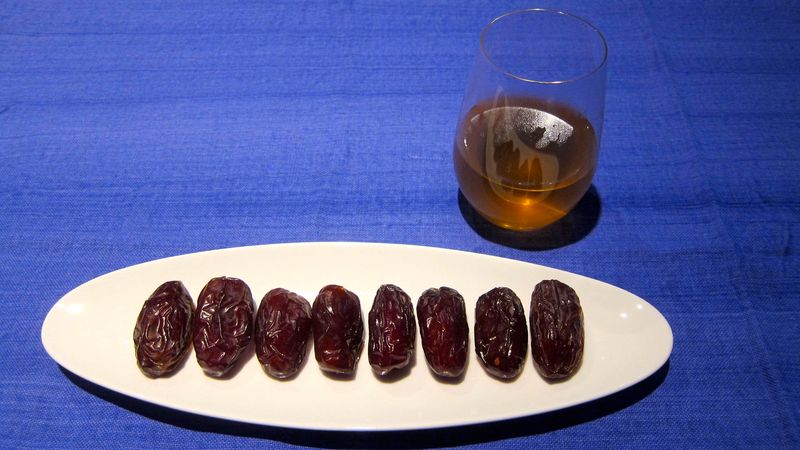
Fresh Dates and Moroccan Green Tea with Mint
The wines for the evening:
"Calligramme", Domaine de Bellivière, Jasnières, 2004, France
Chateau Musar, Gaston Hochar, 1999, Lebanon
Twenty nine down and just one to go! We're going to miss this.
Cheers,
Joseph Froncioni









































































































![Jeremy Scahill: Blackwater: The Rise of the World's Most Powerful Mercenary Army [Revised and Updated]](../../../6a00d8341c075e53ef0128756487fa970c-75hi.jpg)
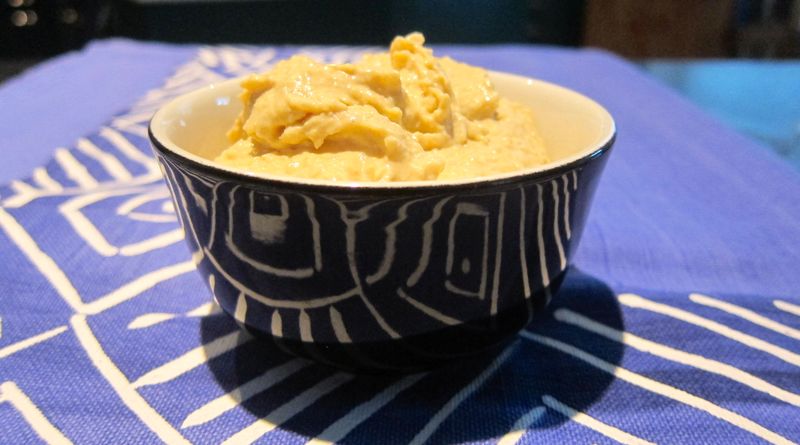
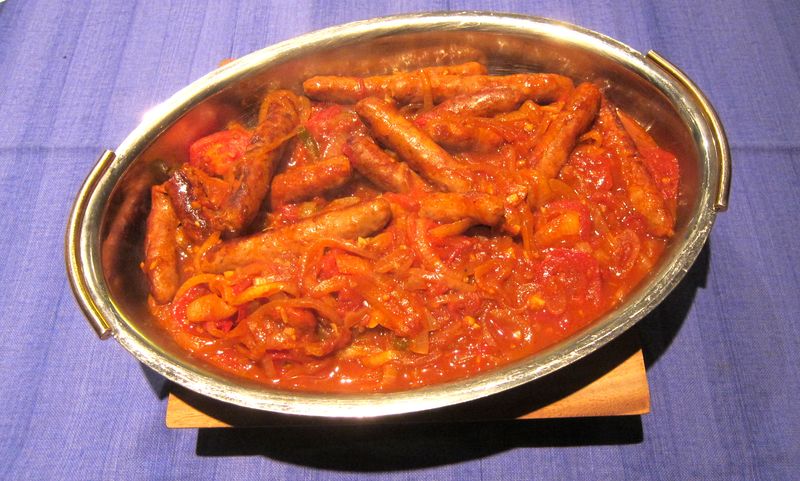
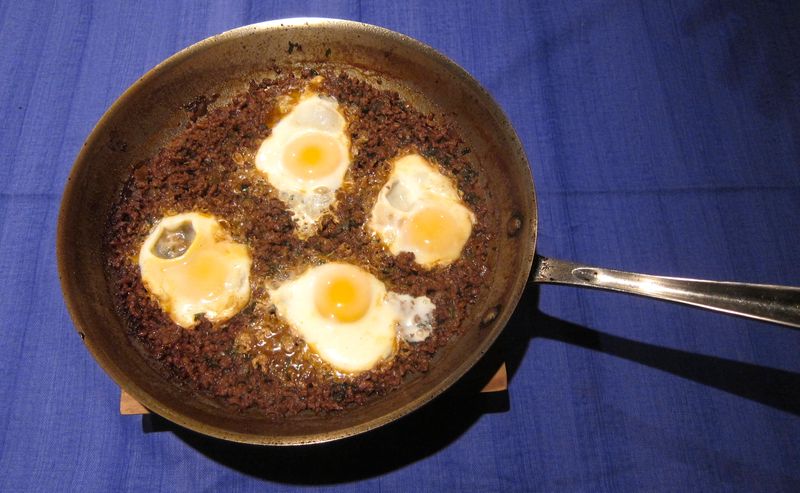
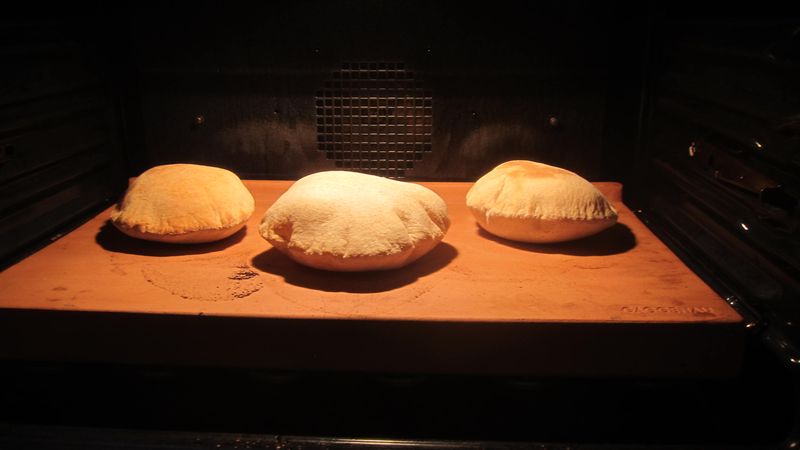
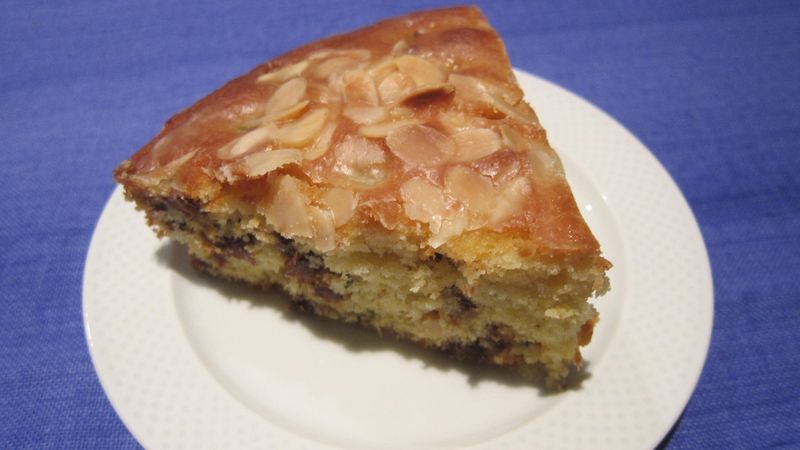
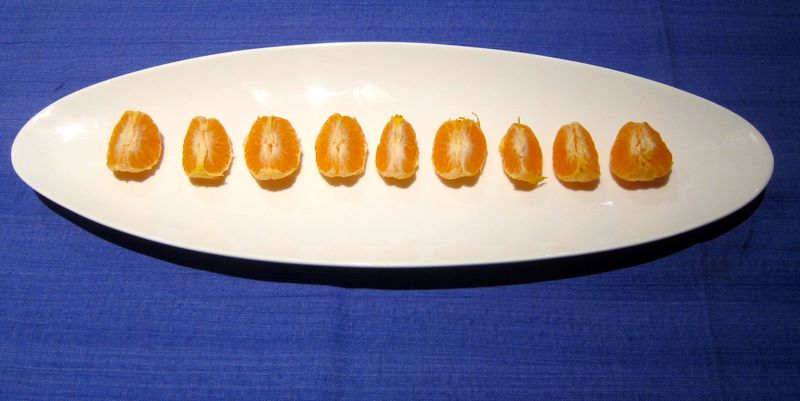
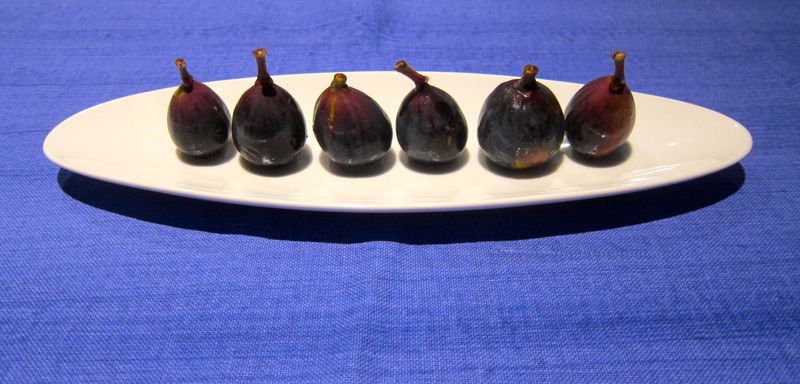
Comments